My website is a SpringBoot application deployed in Linux server. I add JMX so that I can monitor this website by JVisualVM. I run it as below:
nohup java -Djava.rmi.server.hostname=10.25.161.45 -Dcom.sun.management.jmxremote -Dcom.sun.management.jmxremote.ssl=false -Dcom.sun.management.jmxremote.authenticate=false -Dcom.sun.management.jmxremote.port=22222 -jar sms-web.jar &
I start load test and I can see that the memory consume is escalating very fast, as the red rectangle shows here. This is understandable because there are a lot of TCP connections establised and disposed while in load test. But after the load test is done, it still continues to consume a lot of memeory, sometimes to 800MB, as you can see in the green rectangle. What happens under the cover? Why it consums so much memory?
Edit: Is there any way for JVM to do a through GC to release a lot of memory?
